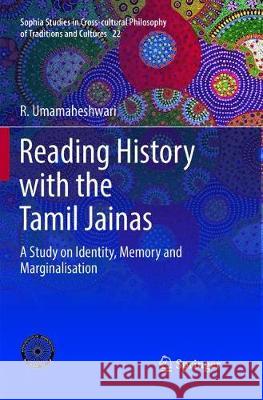Reading History with the Tamil Jainas: A Study on Identity, Memory and Marginalisation » książka
topmenu
Reading History with the Tamil Jainas: A Study on Identity, Memory and Marginalisation
ISBN-13: 9788132239031 / Angielski / Miękka / 2019 / 326 str.
Reading History with the Tamil Jainas: A Study on Identity, Memory and Marginalisation
ISBN-13: 9788132239031 / Angielski / Miękka / 2019 / 326 str.
cena 390,87 zł
(netto: 372,26 VAT: 5%)
Najniższa cena z 30 dni: 385,52 zł
(netto: 372,26 VAT: 5%)
Najniższa cena z 30 dni: 385,52 zł
Termin realizacji zamówienia:
ok. 20 dni roboczych.
ok. 20 dni roboczych.
Darmowa dostawa!
Kategorie:
Kategorie BISAC:
Wydawca:
Springer
Seria wydawnicza:
Język:
Angielski
ISBN-13:
9788132239031
Rok wydania:
2019
Wydanie:
Softcover Repri
Ilość stron:
326
Oprawa:
Miękka
Wolumenów:
01
Dodatkowe informacje:
Bibliografia











